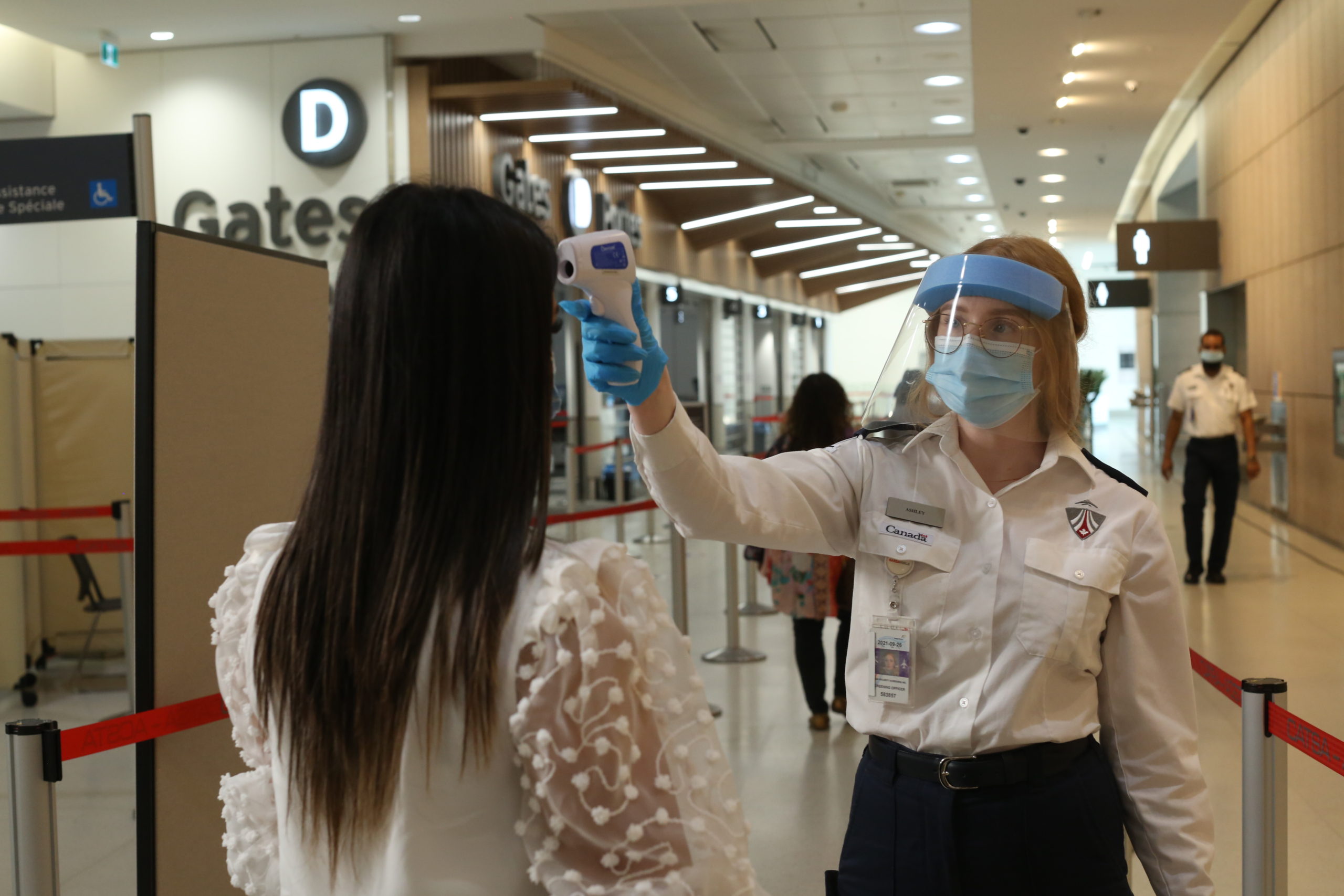(NC) Since the start of the COVID-19 pandemic, you may have contacted a medical professional by phone, video chat or text message instead of in-person. Recent research from the Canadian Medical Association found many of us welcome the change.
“Most Canadians who had the opportunity to use virtual care have been very satisfied with the experience, and in fact nearly half of us actually prefer to meet with our doctors virtually,” explains Ryan Weiss, vice president, group customer product and experience at Canada Life. “Now that we know Canadians are open to this technology, the possibilities seem endless.”
For example, the pandemic forced many healthcare providers to pivot to a virtual or hybrid service model. Now, Weiss says, so long as a customer’s benefits plan covers the service, the insurer will accept claims for virtual sessions with dietitians, naturopaths, occupational therapists, optometrists, physiotherapists, psychologists, social workers and speech therapists. Just a few months earlier, this wasn’t even on the radar.
This isn’t to say that the industry wasn’t already making its way towards virtual care. Two weeks before the global lockdown, Canada Life made virtual healthcare a standard benefit in its group benefits plans for businesses with up to 400 covered employees, making it the first group insurance provider in Canada to do so.
As a result, throughout the pandemic, more than one million Canadians will have easier access to high-quality healthcare, with the ability to chat live with a registered nurse or see a physician via secure video consultation. People have used the service for various health and medical issues, such as to get a diagnosis, receive medical advice, and get a prescription or referral to a specialist.
It may not always be easy to see the opportunity in the crisis. Now that progress has been made, time will tell what changes we want to keep if ever we return to the old normal.
























